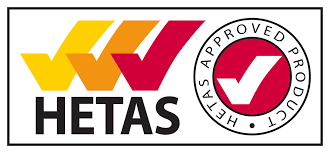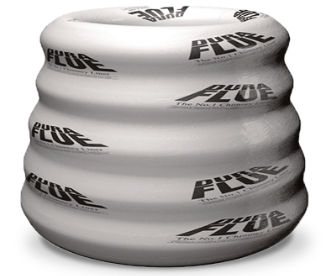Complete Guide to Installing a Stove Flue System
- RHINO

- Aug 21
- 2 min read
Updated: Aug 26
Installing a wood burning stove is one of the best ways to add warmth, charm, and efficiency to your home. But a stove is only as good as the flue system that supports it. A poorly installed or undersized flue can lead to smoke leakage, inefficient burning, or even serious safety risks. At Rhino Flues, we specialise in supplying high-quality flue systems — from single wall pipes to twin wall insulated systems and flexible liners — designed for long-term reliability. Here’s your complete guide to installing a stove flue system.
Step 1: Choose the Right Flue System
There are three main types of stove flue systems:
Single Wall Flue Pipes: Used inside the room to connect your stove to the chimney or twin wall system.
Flexible Liners: Installed inside an existing chimney to protect brickwork and improve draft.
Twin Wall Flue Systems: Insulated pipes that can be installed through walls, ceilings, or externally where no chimney exists.


Matt Black Single Skin Flue Pipe Matt Black Twin Wall Flue Pipe
Flexible Liner Flue Stainless Steel Twin Wall Flue Pipe
Choosing the right system depends on your property and stove setup. Rhino Flues stocks all three, ensuring compatibility with every installation.
Step 2: Follow Building Regulations
UK building regulations set clear requirements for stove installations, including minimum flue diameters (5" for DEFRA-approved stoves, 6" for most others) and safe distances from combustible materials. Using certified flue products, like those supplied by Rhino Flues, ensures compliance and peace of mind.
Step 3: Plan the Flue Route
The flue should run as vertically as possible to create a strong draft. Where bends are required, use no more than 45° angles, and keep them to a minimum. Twin wall systems allow for flexibility, such as passing through walls or running externally up the side of a house.

Step 4: Professional Installation
While some DIY-savvy homeowners attempt stove installations, it’s always best to use a HETAS-qualified installer. This ensures your system is safe, legal, and optimised for performance. Rhino Flues supplies trade-quality products trusted by professionals across the UK.

Step 5: Ongoing Maintenance
Even the best flue system needs regular care. Annual sweeping helps prevent creosote buildup, while checking seals and joints ensures continued safety. Stainless steel and insulated flues from Rhino Flues are designed for long-lasting durability, reducing the need for frequent replacements.
Conclusion
Installing a stove flue system isn’t just about connecting pipes — it’s about creating a safe, efficient, and compliant heating solution. Whether you’re fitting a stove in a traditional chimney, a conservatory, or a new-build home, Rhino Flues provides the strong, reliable systems you need. With the right flue, your stove will deliver warmth and comfort for years to come.






Comments